Yes, of course, you can just grab some suitcase, throw a hodgepodge of clothes, shoes, and cosmetics in and you’re good to go, however, if you do a little planning on what to pack for Japan, your trip will be more enjoyable.
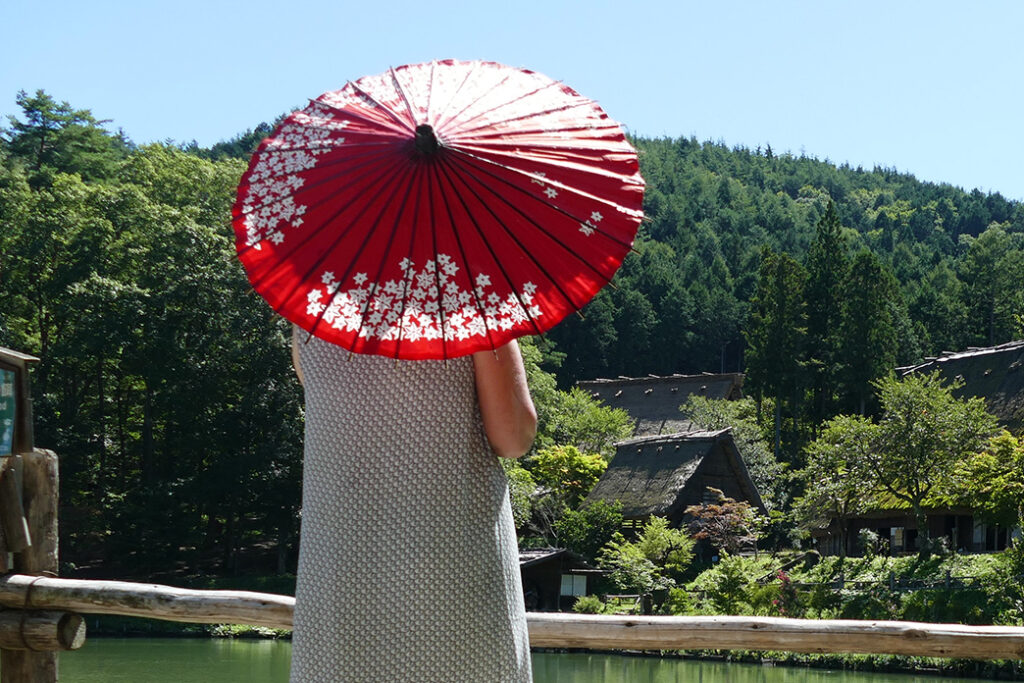
Before You Go to Japan
Tickets And Reservations
Saving Money
JR Pass
Before going to Japan, you should put together an itinerary. My Adjustable Guide for First-timers might be of great help for that. Then, you should definitely consider obtaining a couple of things before leaving.
The first and most important thing would be a JR pass. This pass is a ticket valid for 7, 14, or 21 days. It is sold exclusively to non-residents. Because, depending on your route, you can save an incredible amount of money. During the period you’ve booked, you can travel as much as you like on almost all trains and routes served by the national Japanese Railway company. This includes local and regional trains as well as some buses and ferries.

I’d recommend ordering it about one month before your departure. In my guide on Japan, you can learn everything about the procedure.
If you are travelling only a certain region like for instance around Kyoto, a regional JR pass like for instance the JR-West rail pass might be a better option for you.
In my last posts, I’ve tried to show you the way through this crazy, complex ticket jungle. However, I’m afraid I cannot spare you a little individual research. Unless you’re not following the routes I designed. There are far too many individual options strongly depending on your itinerary and needs.
An App you should definitely get if you intend to travel by train in Japan is HyperDia. Not only do you get all the routes. You can also search for routes while excluding trains that are not covered by your ticket from the start.
More Passes
Also, some of the regional day passes can only be bought while you are still outside Japan.
You’ll find information on local and regional transport systems in the guides to the individual destinations. Then, you need to check if pre-ordering is necessary.
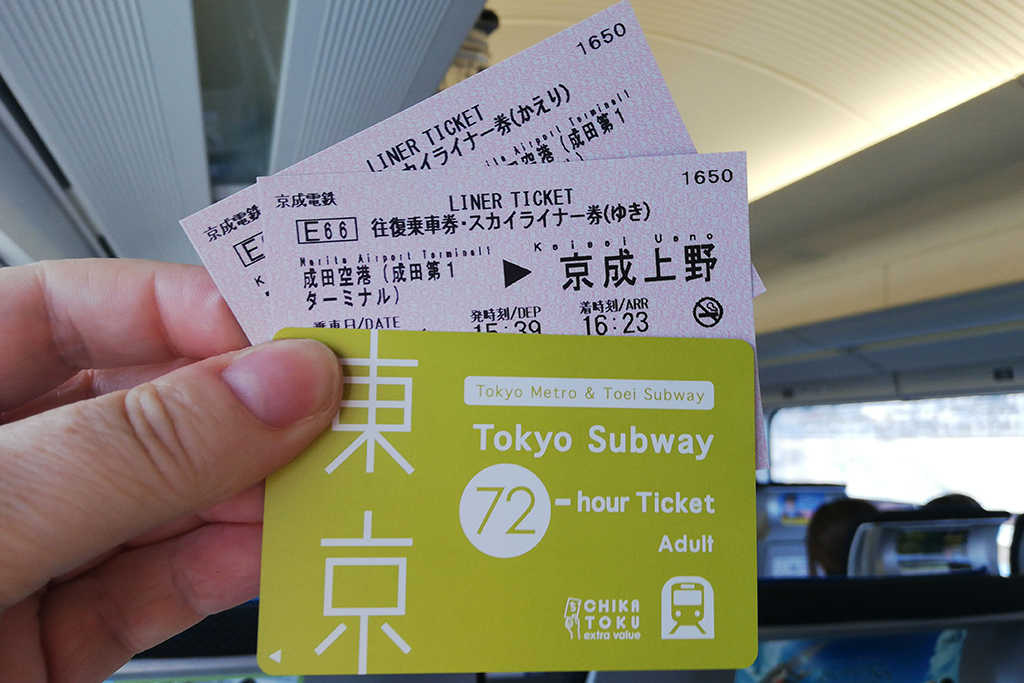
Not least because everybody drove me nuts with this no-credit-cards-in-Japan-nonsense, I wanted to spare myself some hassle and ordered and paid for a Keisei Skyliner & Tokyo Subway Ticket package online from home and picked it up once I landed at Narita.
I can only recommend everyone to do the same: This way, you’ll have all the tickets you need and are good to go – what a great entrance to your Japanese adventure!
Also, since just the single ride from the airport to the center costs 2,520 Yen, this package for 5,480 was a major bargain: A round trip from and back to the airport plus 72 hours of free use of Metro and Subway tickets.
Saving Time
If you are like me and want to save time, you should check if you cannot make reservations for time slots at museums and other venues already from home.
Also, if you want to join the guided tour of the Imperial Palace in Tokyo, you should make a reservation in advance. Although, in all honesty, the tour isn’t that great.
You’ll find all the relevant info and links in the posts on the individual destinations.
Many saving perks are reserved for foreigners. Therefore, you have to pre-order or purchase some of them already in your country of origin.
Then, as you pick up vouchers and tickets, you need to show your passport. They want proof that you are only a visitor and not a resident.
Cash And Cards
There is this legend that you can hardly pay by credit card in Japan. That’s nonsense or at least totally exaggerated. At almost every hotel as well as at many bigger restaurants and stores, there’s no problem using plastic. The same goes for some of the more expensive museums and landmarks.
Indeed, some smaller businesses accept only cash, and also some minor rail companies. For instance, once you get to Kawaguchiko, you have to pay the extra fare from Otsuki in cash.
Not only do – most – 7/11 stores accept credit cards, but they also have ATMs where you can withdraw cash.
Since I’d read all these ‘warnings’, I had an extra 150 €uro in cash with me just in case. I still find that it was a smart strategy, however, I didn’t need it.
Many guides claim that your trip will be much more complicated if you don’t get a Suica or Pasmo card.
I myself managed to spend three weeks in Japan without any situation where I needed one. For the local transport, I mostly bought a day pass so I didn’t need individual tickets. Then, for small expenses like water or snacks, I made sure to have enough small change which really was no biggie.
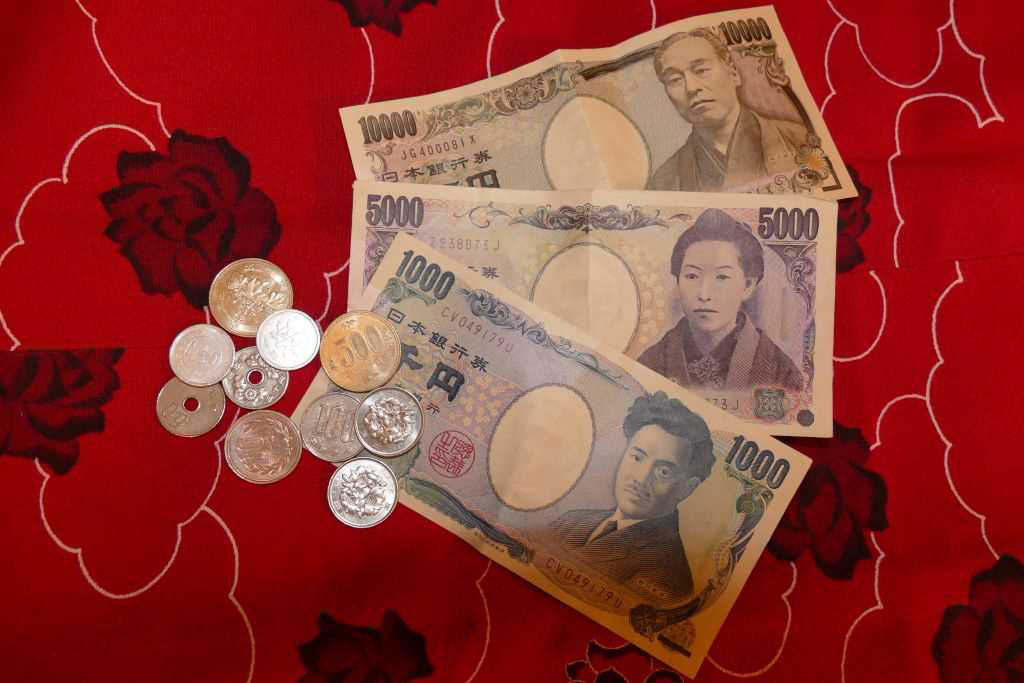
Since September 2019, there has been a deposit-free Welcome Suica card as well as the Pasmo Passport. Those are valid for 28 days and do not require the obligatory 500 Yen deposit. These cards are available with different pre-loaded amounts ranging from 1,000 to 10,000 Yen.
If you like, you can also pre-order these cards.
Plugs And Adaptors
The plugs used in Japan are A and B – whereby B is more difficult to find. A-plugs are used in the Americas, many Caribbean as well as some Middle Eastern and Asian countries.
Coming for instance from Europe, you won’t have difficulties finding adaptors for the flat plugs used on phone or tablet chargers. Also, in most hotel rooms you’ll find even USB plugs.
However, since European computer plugs need to be grounded, it might be a bit tricky to find a connecting plug that fits.
I simply clipped the two small brackets in my adaptor to make the bulky plug from my computer fit. However, since I’m sure that a professional electrician wouldn’t find this procedure advisable, I’m not recommending it. Just telling you how I solved the problem.
The voltage in Japan is 100 Volt and 50 respectively 60 Hertz. In general, phone and computer chargers have an integrated adaptor.
All additional electric appliances purchased in other countries can cause problems or be damaged.
If you need to use a hairdryer, don’t worry, since they are at your disposal at practically every accommodation.
Connection And Communication
Getting a SIM card or renting a router is not complicated. You can actually pre-order it online from home and pick it up once you’re in Japan. I simply found the prices too high and thought I would have free access at my hotels, anyway.
And I did. At restaurants, museums, on trains, as well as on the street.
Come to think of it, I hardly ever didn’t have free internet access. But I’m also a person that can happily be without the internet – even for a couple of hours.
Yes, but how about GPS? Well, firstly, you can walk to the next family mart and go on the internet.

Then there is maps.me – which I didn’t use for data protection reasons.
I solved the problem of orientation by taking screenshots of my searches. Worked sometimes.
And if it didn’t help, I asked people. Worked all the time.
What To Take to Japan
Less Is More
Before I get to some of the things you might really find useful to have with you, I cannot urge you enough to not only pack light, but to use a piece of luggage as small as possible – preferably carry-on sized.
Of course, you then can still check it, but you’ll travel so much easier with a small, handy piece of luggage.
Mind you, there are lots of people everywhere – it will be hell travelling with bulky luggage on the subway in bigger cities.
One of these space-respecting rules is to keep your luggage in a spot where nobody has to climb over it.
Also, be careful not to bump into people.
And most importantly: Take your backpack – no matter how small it might be – off your shoulders and hold it in your hands as soon as you board. Have it under control. On many subways and local trains, you’ll notice racks above the seats. These are actually being used: People put their bags up there so all passengers – and also themselves – are more comfortable. You might want to try that, too. Also, strangely, there is hardly room for luggage even on the Shinkansen bullet trains.
Mark my words – travel light.
Clothes and Shoes
I really see no sense in telling you which T-shirt and how many pairs of socks you should pack. This, obviously, is an individual decision.
However, if you follow my recommendation and have only limited space for your travel wardrobe, an everlasting tip is to go with coordinates.
Before packing, I spread all the blouses, skirts, pants, and even accessories that I intend to take on my bed and try out how they match and which looks I’ll be able to create.
The more you can mix and match, the better.
Only the most versatile pieces make it into my carry-on-sized suitcase.

Don’t worry too much about how many undies and socks you should pack: Basically, every hotel and hostel has a washer and a dryer so packing just for a couple of days is totally fine.
Dress to Impress
Maybe I should have mentioned this already in my How (not) to behave in JAPAN post: Japanese people don’t dress sloppily.
No, not everyone is wearing Miyake or Yamamoto, but you won’t see people in sweatpants or yoga pants or grown men in shorts – people tend to dress rather on the classic-formal side.
Since my favorite travel pieces are dresses, anyway, travelling even in September’s killer heat was no problem. I put on a slightly oversized cotton dress and was good to go – comfy yet dressy.
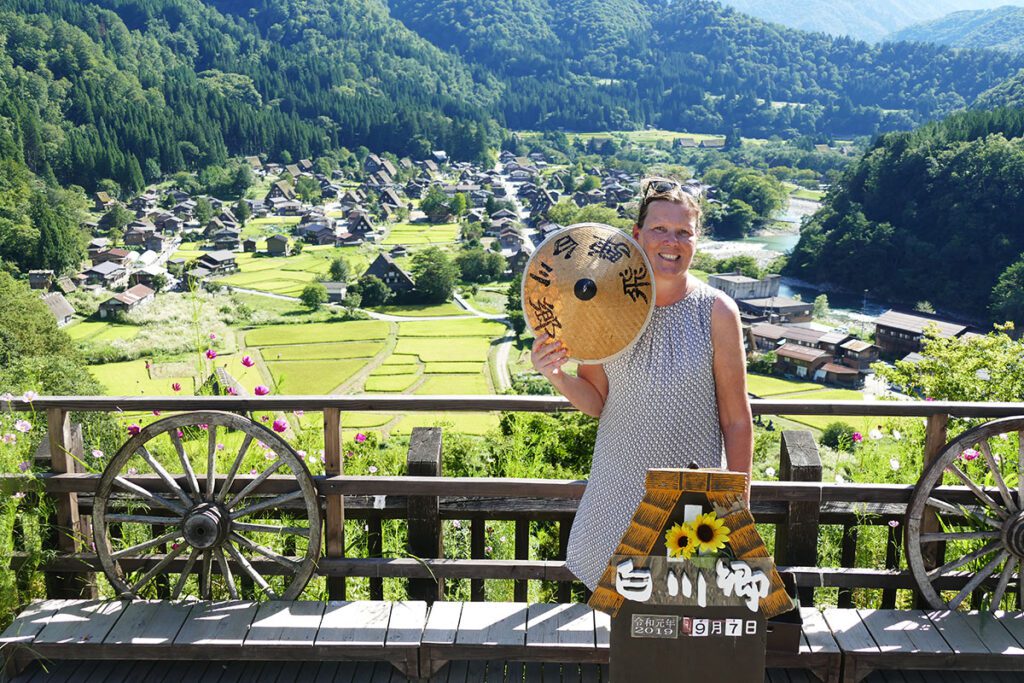
For hiking and biking, I had a pair of rather dressy linen shorts with me. I was combining them with little blouses in matching colors.
Small Towel
Come to think of it, dry moments on my trip to Japan were few. And I’m not referring exclusively to the weather, I’m talking also ’bout myself.
As a matter of fact, I was constantly soaked. Either it was pouring – or it was hellishly hot so that I was soaked in my own sweat.

While sweat was running down my neck, my back, my chest, turning the light colors of my tops into darker shades, I saw many Japanese carrying a small, thin towel wrapped around their neck that stopped the sweat soaking their clothes through and through. Also, they used it to wipe their face and sweaty hands from time to time.
Sweating in style – henceforth, I’ll follow their example; and you should, too.
Foldable Umbrella
For the same reason – exploring either in the burning sun or in pouring rain – a small foldable umbrella is the perfect accessory to carry with you.

It protects you whenever needed – and no matter against which force of nature.
Also, I recommend wearing a cap or a sun hat – even in September, the sun was brutal.
Comfortable Shoes
Normally, I wouldn’t even mention that if you intend to do some serious sightseeing walking, you should choose comfort over style. Whereby, we owe it to some of the supermodels that today, even comfy Birkenstock sandals are considered stylish. Just like fashionable sneakers.
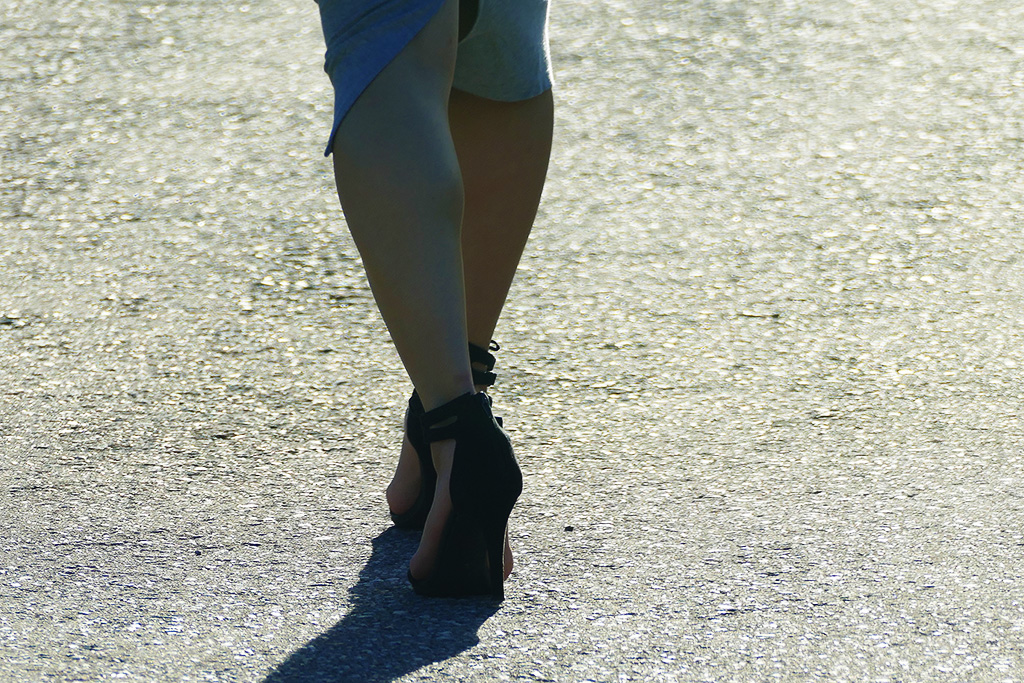
This said, on my visits to national parks and even archeological sites, I’m often surprised – if not shocked – by what some ladies are wearing. They visit in flip-flops, strappy sandals, or even heels!
They might look more sophisticated than me in pictures. Nevertheless, at night, after a long day of exploring various sites, I don’t envy them. Their feet must be raw!
Therefore: Follow the example of the supermodels and wear comfortable shoes that support your feet and ankles.
Socks
You’ve read my post How (not) to behave in JAPAN and you are prepared to take your shoes off at Japanese homes, at temples, and even some stores? You’re a good traveller!
Unfortunately, running around barefoot is not a valid option, either. At many places where you’re requested to take off your shoes, you’ll be expected to put on slippers. Also, you are actually supposed to wear socks.
I’ve spent three weeks almost exclusively in sandals – obviously, barefoot – but I always had a pair of clean sneaker socks on me; just in case and in order to avoid embarrassing situations.
Refillable Bottle
Sadly, after the USA, Japan is second in producing plastic waste per capita.
I’m coming from Europe where supermarkets ban plastic bags or at least you have to pay for them. We are encouraged to bring our own containers when buying fast food. Every household makes a serious effort to reduce plastic waste.
Therefore, it was absolutely shocking that they offered me bags for every little piece I purchased. It broke my environmentalist’s heart to see tissues individually wrapped in plastic as well as fruits like apples and oranges. Oranges! Guys, oranges come in their own natural wrapper!
This mindless supply of plastic cups and straws and bags and whatnot was so automized that I often simply wasn’t fast enough to refuse them.
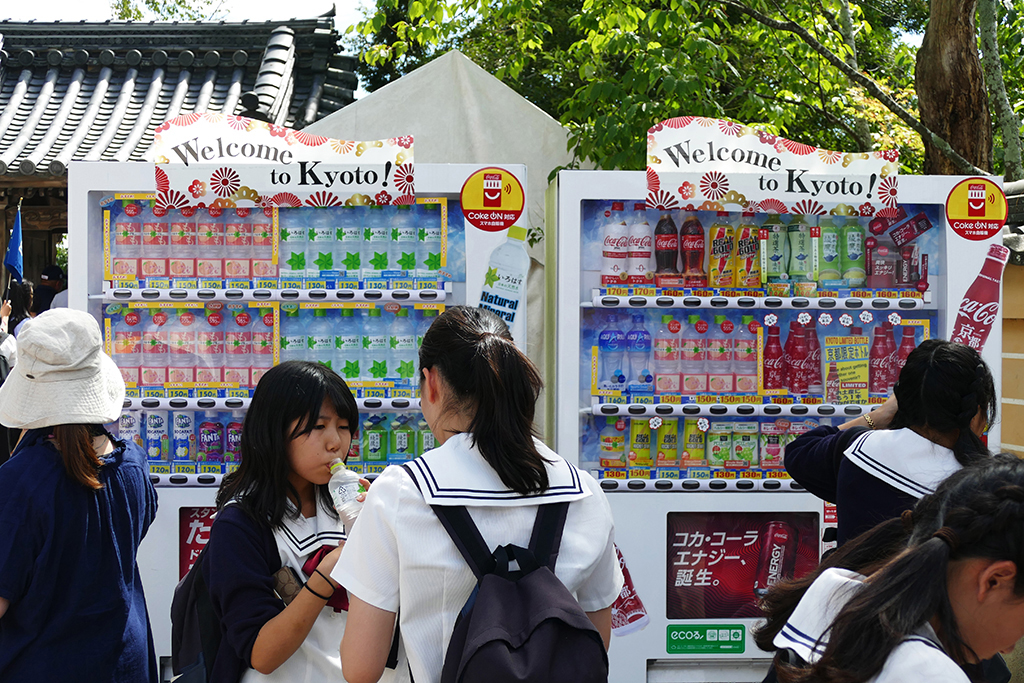
Unfortunately, I also drank lots of water and soft drinks from plastic bottles. It was so hot and I needed to replenish all the while. At least, you can leave the empty bottles at the vending machines so they get recycled.
Nonetheless, it is much better to avoid than to recycle, so bringing your sustainable drinking bottle is strongly advisable. Tap water in Japan is drinkable. Also, at many museums, temples, and other public places, you’ll find water fountains where you can refill your bottle as much and as often as you like.
Reusable Straw
Also, if you really need a straw, you might wanna bring your own made of metal or bamboo or some reusable material.
Foldable Cutlery
When in Rome….yes, that’s easy to say, but what if you are simply not able to eat noodle soup with chopsticks? Or a big piece of fish filet? Yes, in Japan, they eat most meals with chopsticks.
Of course, it looks so worldly and cool when you just grab a pair of these thin sticks and start to eat long noodles from a hot, greasy broth. But if you cannot manage? What are you gonna do? Not eating for days?
I really find it okay if you just use your travel cutlery.
What Not To Take to Japan
Pajama Nightgown Robe
This was the most amazing thing to me: Japanese hotels – even the small, middle-class ones I stayed at – supply you with a nightgown or pajama or a Yukata, a light Japanese cotton robe. And you get a fresh one every day; which of course is terrible from environmental point of view, but those aren’t Japan’s strong suit, anyway.

So yes, you can actually leave your night garment at home. Oh, the size? Well, I’m about 5’8 and rather big and the stuff fits me – so for tiny people, it must be really baggy….yet comfy.
Just so you know, you’ll also find at least a water heater and tea bags in your room, sometimes even coffee – real coffee, not this Nescafé sh** – and bottled water.
Cosmetics
There are also all kinds of toiletries at your disposal including disposable toothbrushes and razors. Also, the rooms are equipped with a hairdryer.
From an environmental point of view, many of these disposable things are, of course, terrible. However, the shampoos and gels mostly come in large containers, so that’s better. And if you forgot something, this is actually a great service. At some hotels, they even had cleansing lotion and facial cremes.

So yes, if you want to, you can leave all your toiletries at home and just use the stuff at the hotels.
Actually, there is one thing you might need that you won’t find in your hotel’s bathroom and that’s sun protection. Being based in Germany, we have all these wonderful drugstore chains – actually, I don’t understand why Germany is famous for cars and soccer players and not for cheap yet amazing toiletries and cosmetics – because that’s what we have in abundance. At a German drugstore, you pay for a big bottle of excellent sun protection about 3 to 5 €uro.
In Japan, at that price, you might get a sample.
Toiletries and cosmetics in Japan are pretty pricey so you might wanna bring all the stuff you need with you so you don’t have to stock up there.
Information And Entertainment
Brilliant Books
You’re having this big, bulky guidebook to navigate through the country? Well, you better leave it at home. Everywhere you go, in every town or city, you’ll be supplied not only with a variety of good maps. You’ll also get flyers and brochures of what to do and where to go in abundance.
And now that you have all this empty space from the guidebook in your suitcase, you might want to pack a book that grants you a glimpse behind the curtain of Japanese society.

Sayaka Murata’s prize-winning novel Convenience Store Woman deals with a lady that withstands peer pressure – or does she not? You better get this wonderful read before making your way to Japan.
Moving Movie
Another fictitious work that truly enriched my travels and allowed me to understand Japanese life a bit better was the series Tokyo Girl. You can stream it on amazon.
This show follows stunningly beautiful Aya over eleven episodes through about twenty years of her life. Moving from job to job, jiggling her career and her love life, twitching her own wishes and society’s expectations.
It really gave me an idea of what life and career and peer pressure and all that comes with it must be like in Japan.
Must be brutal.
Anyone who travels around Japan and wants to get an idea of what’s going on behind the smiles’n’bows and underneath the starched crisp white business shirts should absolutely read that book and watch this series. It will enrich your trip on so many levels and inform you better than any guidebook can do.
Here you can read about all the beautiful places I’ve visited in Japan.
Pinnable Pictures
If you choose to pin this post for later, please use one of these pictures:

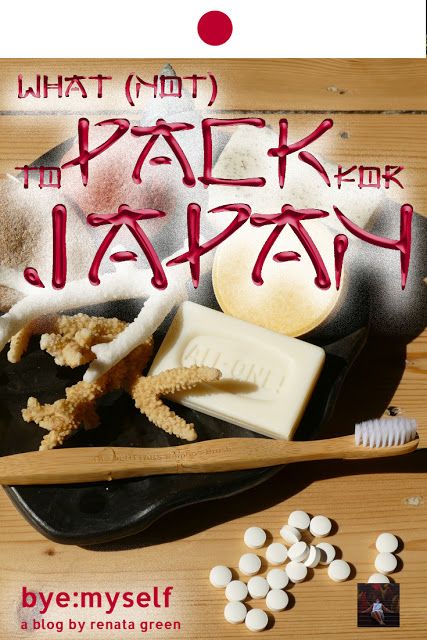

Note: This post is being regularly completed, edited, and updated – last in December 2022.
Did You Enjoy This Post? Then You Might Like Also These:
How (not) to behave in JAPAN
KAWAGUCHIKO – Taking a Shot at Mount Fuji
HIROSHIMA – risen up from the ashes; and a side trip to MIYAJIMA
TOKYO – Guide to 10 Extraordinary Neighborhoods
Guide to NAGOYA – enjoy the ordinary
A Visit to the HAKONE OPEN AIR MUSEUM – at the height of beauty
What (not) to pack for JAPAN
JAPAN. An Adjustable Guide for First-Timers
* This is an affiliate link. If you book through this page, not only do you get the best deal. I also get a small commission that helps me to run this blog. Thank you so much for supporting me!

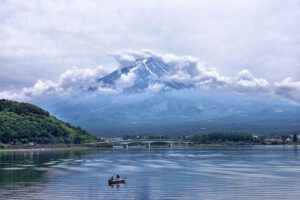



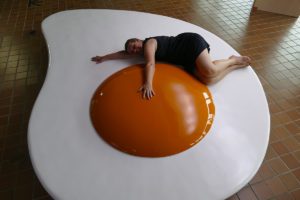
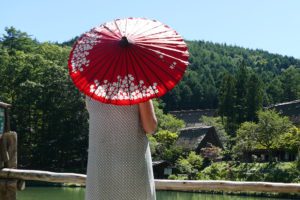

This is such a helpful post. I agree with you that getting a JR pass is a must. Aside from the savings, it also saves you time. Thank you for reminding us about plugs and adaptors. I totally forgot about this when we went to Japan. Good thing, I was able to borrow one from the hotel.
Fortunately, nowadays it’s seldom a ‘catastrophe if you forget something. Also, I had to buy different adapters although I had mine with me because all of a sudden there was a socket where it didn’t fit….just roll with the punches 😉
Wohh exactly what I was looking for, thank you for posting.
Glad you found it 🙂
So many fantastic tips covered in this post! I never would have thought about wearing (or even bringing socks. I don’t even wear them during a Canadian winter. This is great to know.
This is a really helpful post – I appreciate everything I learned from it. At some point, we hope to go to Japan. I feel much more prepared now. Thanks for sharing your insight!